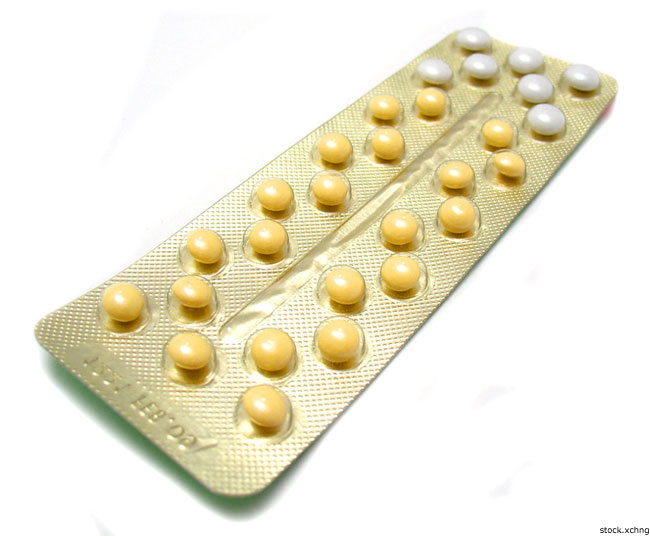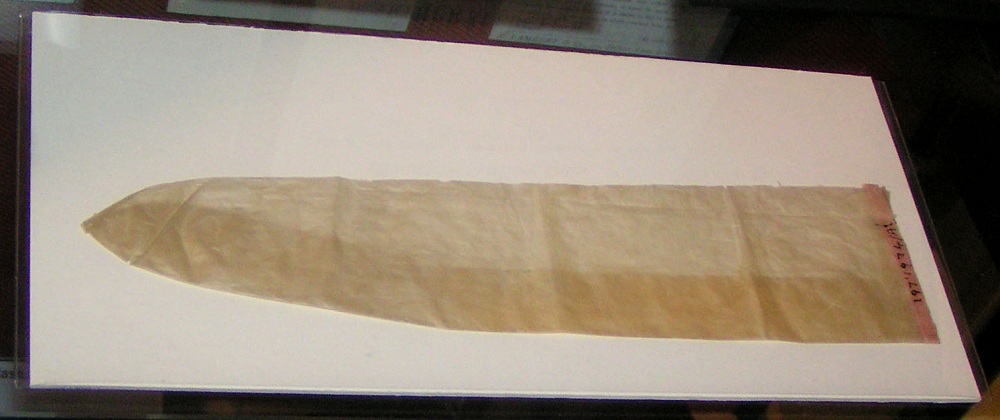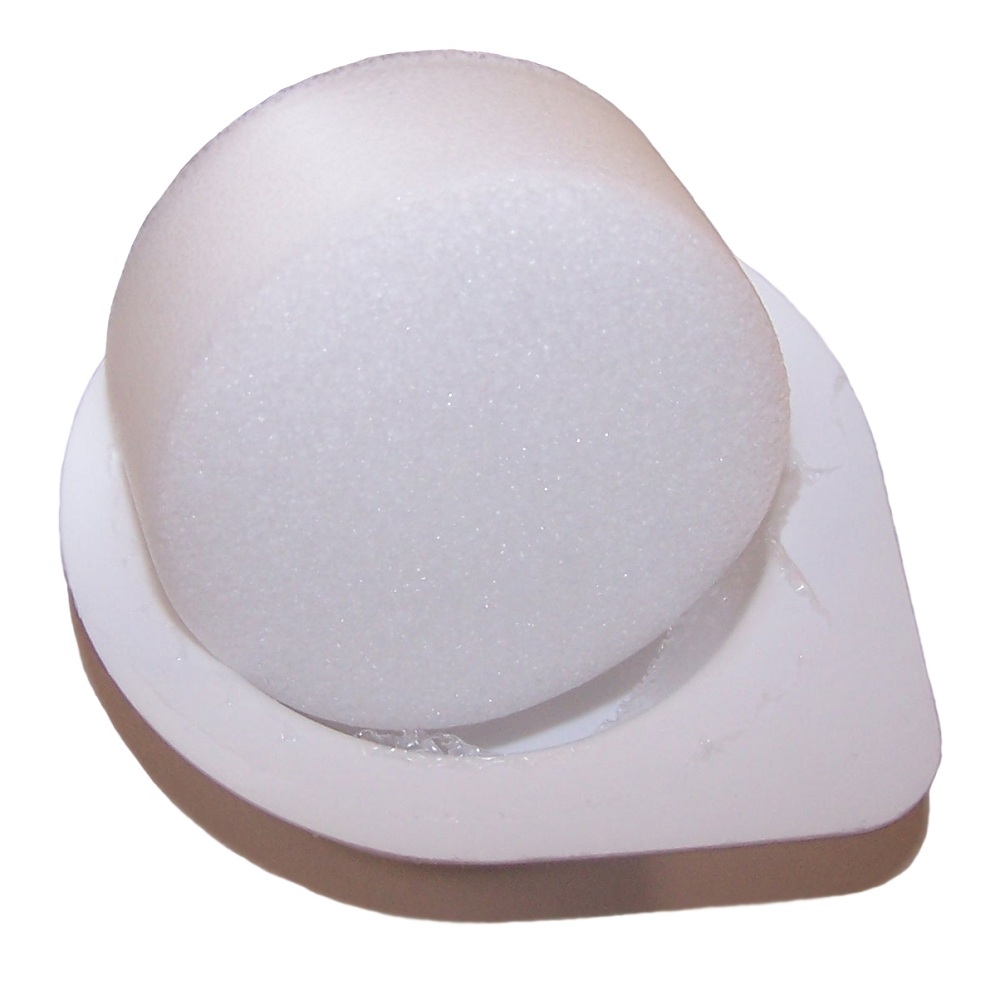The History and Future of Birth Control
The History and Future of Birth Control

Ever since humans first figured out that Tab A + Slot B = Baby, we've been hard at work attempting to defy that equation — and there are still more innovations to come. From crocodile dung to the dry orgasm pill, a look at the history and future of birth control. — Maggie Koerth-Baker
Dry Orgasm Pill

Doctors have known since the 1950s that a couple of medications, usually taken for high blood pressure and schizophrenia, could also make male patients sterile. In November 2006, researchers figured out why: Both medications freeze the muscle contractions that propel sperm through the male reproductive tract. The result: A normal orgasm, sans sperm. Work is underway to turn this discovery into a marketable pill, but it's still a long way off.
The History and Future of Birth Control

Ever since humans first figured out that Tab A + Slot B = Baby, we've been hard at work attempting to defy that equation — and there are still more innovations to come. From crocodile dung to the dry orgasm pill, a look at the history and future of birth control. — Maggie Koerth-Baker
Reversible Inhibition of Sperm Under Guidance (RISUG)

RISUG is one of the most promising male contraceptives in development. All it takes it one injection to the vas deferens, the tube that carries sperm from the testes to the urethra. A chemical compound partially blocks up the tube and any sperm that make it past the blockade come out damaged, unable to fertilize an egg. One application of RISUG can last up to 10 years and it appears to have none of the nasty side effects associated with hormone-based birth control. Better yet, it's already in Phase III clinical trials in India, which means there's a good chance of it hitting the market before you're too old to care.
Phthalates

Phthalates are chemicals added to plastic to make it more flexible, showing up in everything from children's toys to shampoo bottles. They're also a major health concern, with mounting evidence that they can affect puberty and the human reproductive system. But at the Population Council, researchers are working on a way to turn this straw into gold. Because they can change testosterone levels and lower sperm count, phthalates may hold clues to developing new male birth control methods.
Adjudin

While some women's products are in development, the real future of birth control is men. Contraceptives for guys could help women avoid the side-effects of hormonal pills and give men more control over their fertility. One possible option, currently being researched by the Population Council, is Adjudin, a chemical that prevents sperm from maturing, so they can't fertilize eggs. Ten years or more away from being ready, Adjudin would probably come in a patch or implant, rather than a pill.
Career Pill

In the future, women may be able to combine normal birth control with a factor that helps them stay fertile longer, effectively pushing menopause back by decades. Every month, dozens of eggs begin to grow in a woman's ovary. Usually, only one fully matures. The others simply die off. According to fertility expert Dr. Roger Gosden, a career pill would stop this waste, leaving more eggs available as a woman reaches her 30s and 40s.
Condoms

Originally made out of animal guts or linen, the condoms staying power is a testament to its effectiveness and reliability. But one of the oldest birth control methods still in use today is probably even older than you realize. Remains of actual condoms, dating to the 1600s, have been found in England. Artistic representations, on the other hand, are positively ancient, including an Egyptian drawing more than 3,000 years old and 12,000-year-old French cave paintings.
Sponges

Yesterday's sponge was literally just that: The dried body of a sea sponge. Mentioned in the Talmud, this was the favored method of birth control in ancient Jewish communities. The sponge was wrapped in silk and had a string attached for easy removal. Women often soaked the sponge in vinegar or lemon juice before putting it in, creating a one-two punch of sperm-killing acidity and semen-absorbing sponge.
Booze and Beaver Balls

This creative combination was the favored folk remedy among early European settlers in New Brunswick, Canada. Frontier women who didn't want to get pregnant drank a concoction of white lightning infused with a powder made from dried beaver testicle. Needless to say, this method was pretty much useless ... unless, of course, you were trying to get drunk.
Crocodile Dung

Recipes for pessaries found in ancient Egyptian papyrus texts may have been surprisingly effective. Some would have blocked the cervix, much like a modern diaphragm. Others probably changed the acidity of the vagina, making it an unfriendly environment for sperm. Honey, medicinal plants, and other not-especially-horrific-sounding substances were also recommended, but it's the crocodile dung that really stands out for some reason.
Sign up for the Live Science daily newsletter now
Get the world’s most fascinating discoveries delivered straight to your inbox.











